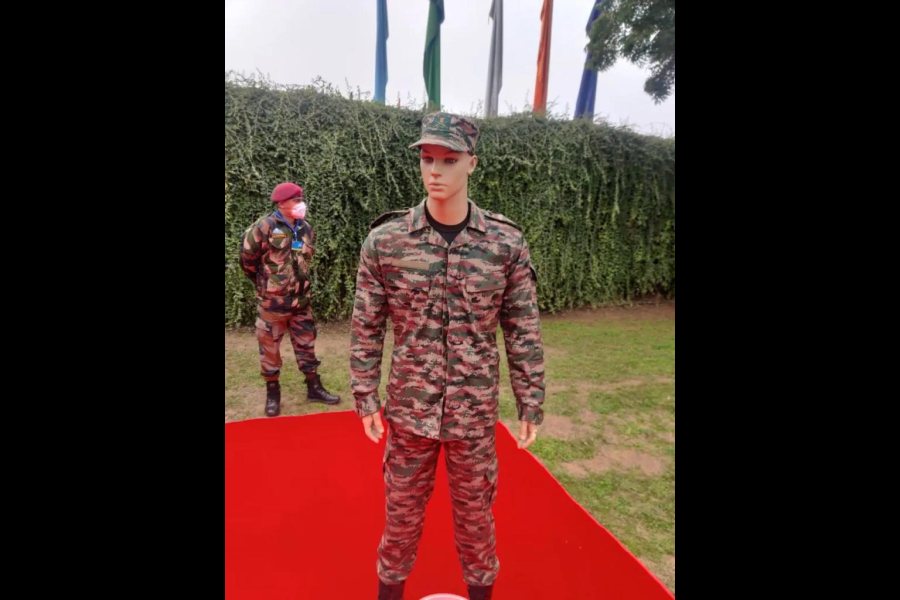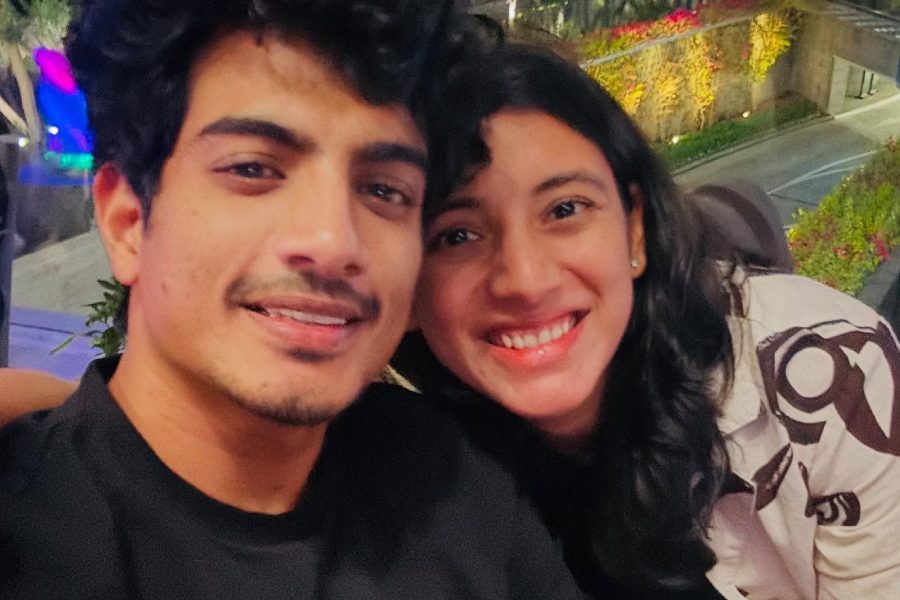The Centre is considering a new combat uniform featuring digital disruptive patterns to prevent impersonation and is likely to be implemented in a phased manner across all paramilitary forces, including the Border Security Force (BSF) which is deployed along the India-Pakistan border in Jammu and Kashmir, sources in the Union home ministry said.
A ministry official said that according to the proposal, the BSF would initially incorporate the distinctive digital print uniforms for all ranks, and later, it would be implemented in other paramilitary forces.
“The move is aimed at preventing impersonation as the new disruptive digital print uniforms will be difficult to counterfeit because of their complex pixelated design and use of multiple colours. The design entails several tweaks made to the fabric, the weight and also the camouflage pattern,” said a home ministry official.
There have been several instances in the past, including the recent Pahalgam attack, where militants were found to be wearing camouflage outfits.
“The use of camouflage uniforms by militants, especially in Jammu and Kashmir, is an emerging threat and has become a major security concern. The militants who opened fire at the tourists in Pahalgam were also clad in military fatigues,” said a BSF official.
The Indian Army has already started implementing in phases a new combat uniform featuring digital disruptive patterns for its 12 lakh personnel. The uniform has been designed and developed by the National Institute of Fashion Technology (NIFT).
The new light and more climate-friendly combat uniform has a mix of colours, including olive and earthen green, and has been designed taking into consideration aspects such as areas of deployment of the troops and climatic conditions in which they operate.
Last year, the army obtained intellectual property rights (IPR) of the design and camouflage pattern of its newly introduced dress. This was done to prevent unauthorised vendors from manufacturing and selling the digital pattern dress in the open market as it was posing a serious security threat. According to the IPR, these uniforms will only be sold in the unit-run canteens of the army. The army now possesses exclusive rights to the design and can file a legal suit against any design infringement and unauthorised reproduction of this design.
“The proposed uniform featuring digital prints will help address the concern of impersonation as it would be challenging to recreate the exact pattern across the entire uniform,” the BSF official said.
In the aftermath of the Pahalgam attack, three militants — Asif Ahmad Sheikh, Amir Nazir Wani and Yawar Ahmad Bhat — were killed in an encounter after they were trying to infiltrate across the border and were reportedly wearing camouflage uniforms.
Security officials say such deceptive tactics employed by militants lead to confusion.
The BSF on Tuesday proposed to name a post in the Samba sector as “Sindoor” and two other posts after personnel killed during the cross-border shelling by Pakistan on May 10.










